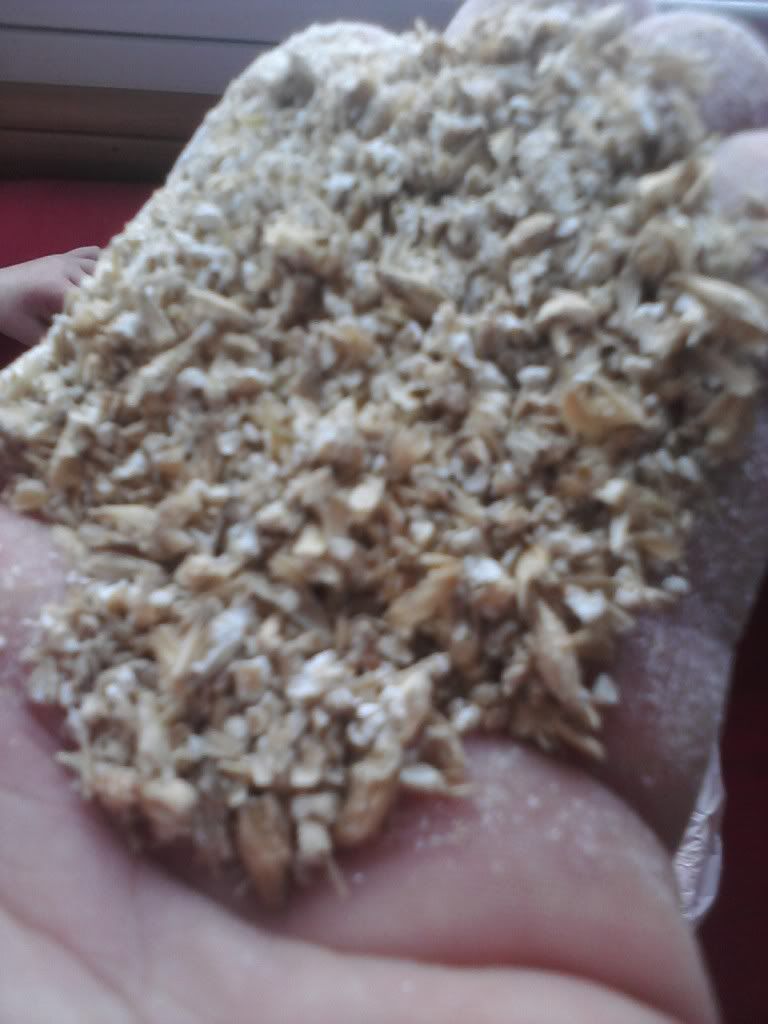I conditioned my malt for several batches last year and found no difference in efficiency. I may have used too much water because it gummed up my barley crusher every time, which was a huge pain. It did cut down on dust and make the crush look nice and fluffy. After a few batches and having to clean my barley crusher each time with a wire brush, I abandoned malt conditioning. To each his own, but I saw no measurable/noticeable benefit to malt conditioning.
Yes, you used too much water! I used about 100 ml for 9 lbs grain





























![Craft A Brew - Safale BE-256 Yeast - Fermentis - Belgian Ale Dry Yeast - For Belgian & Strong Ales - Ingredients for Home Brewing - Beer Making Supplies - [3 Pack]](https://m.media-amazon.com/images/I/51bcKEwQmWL._SL500_.jpg)









